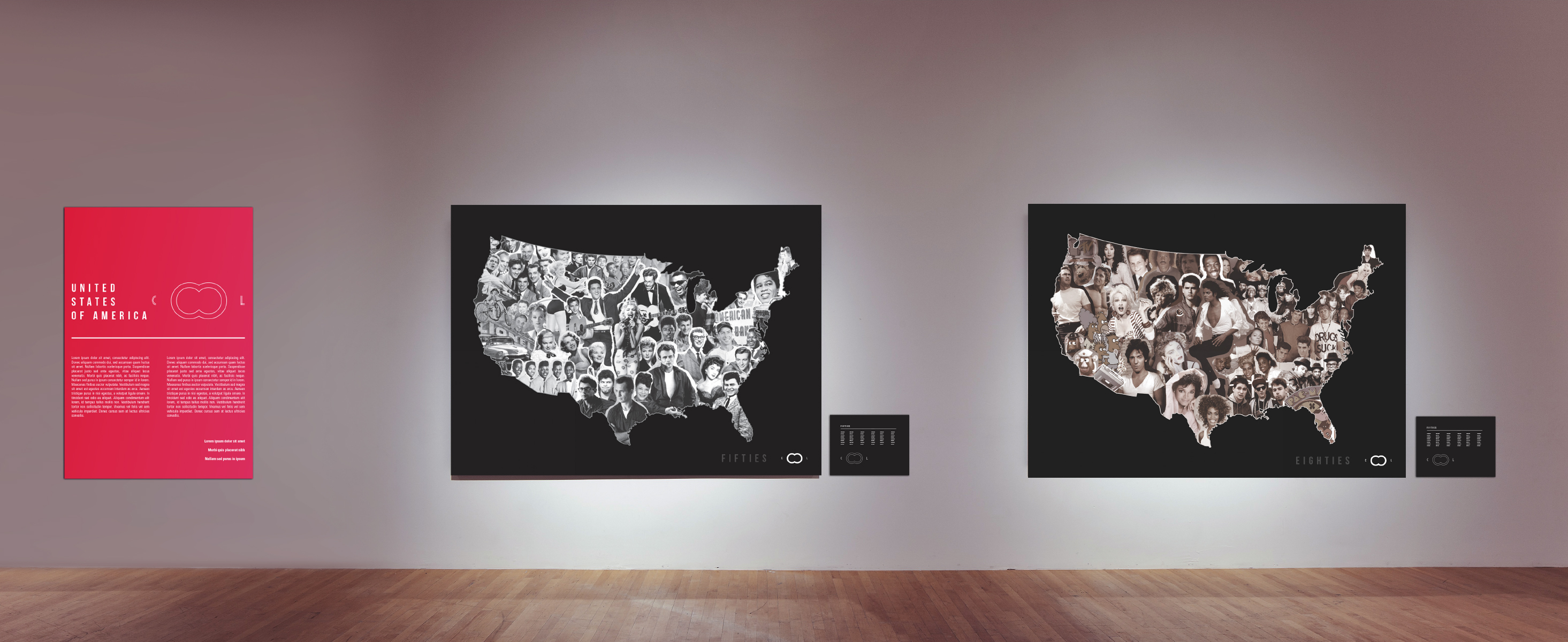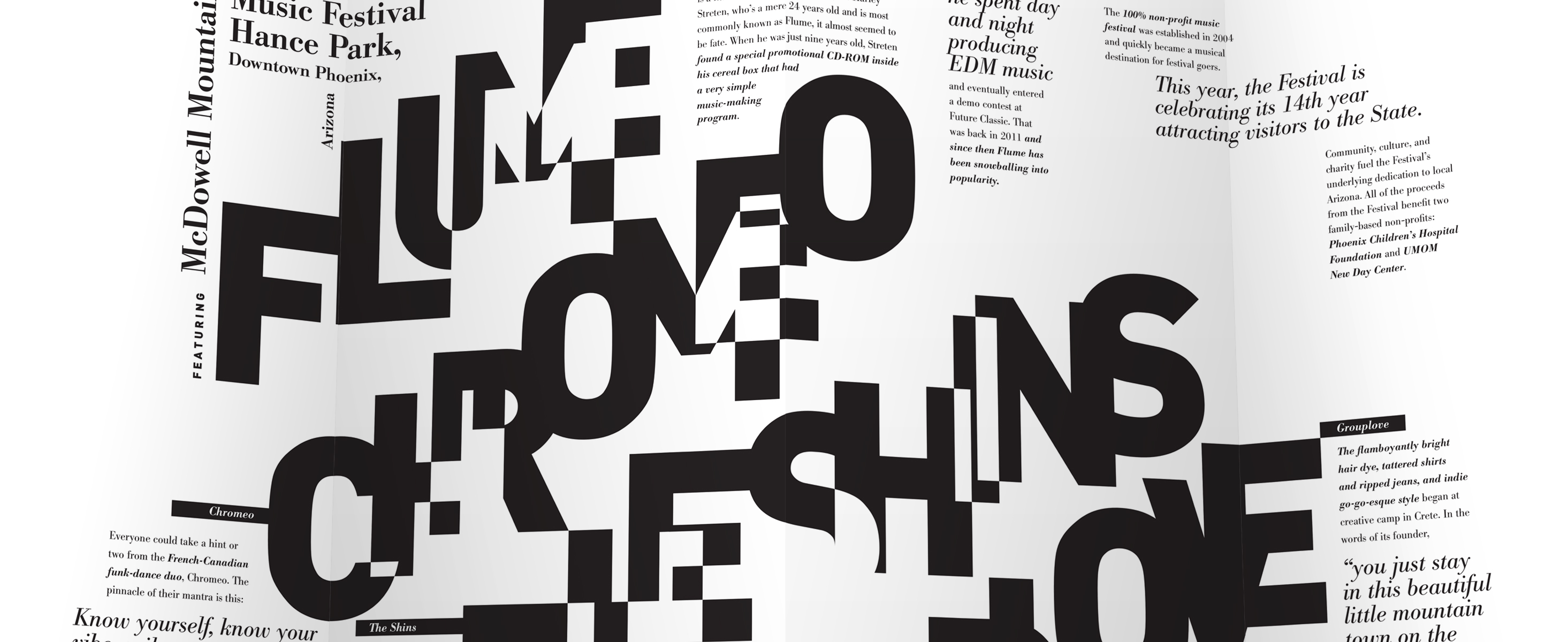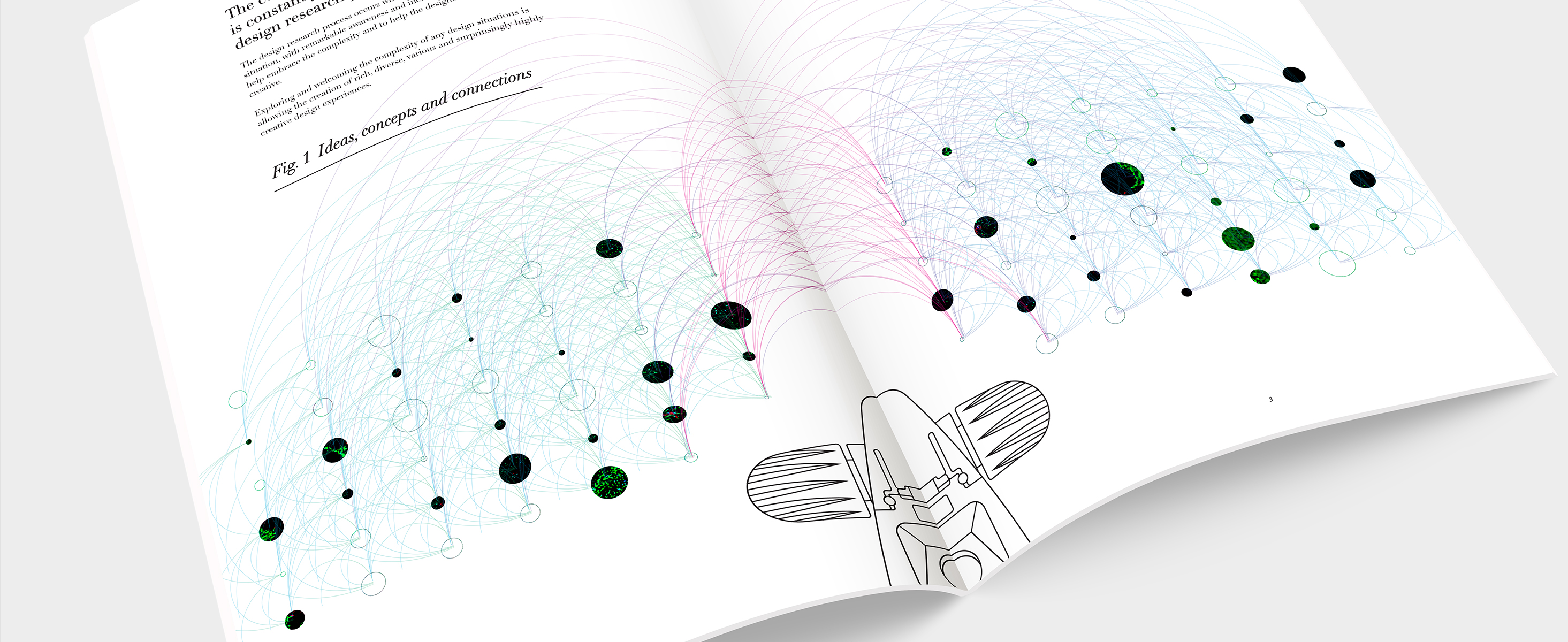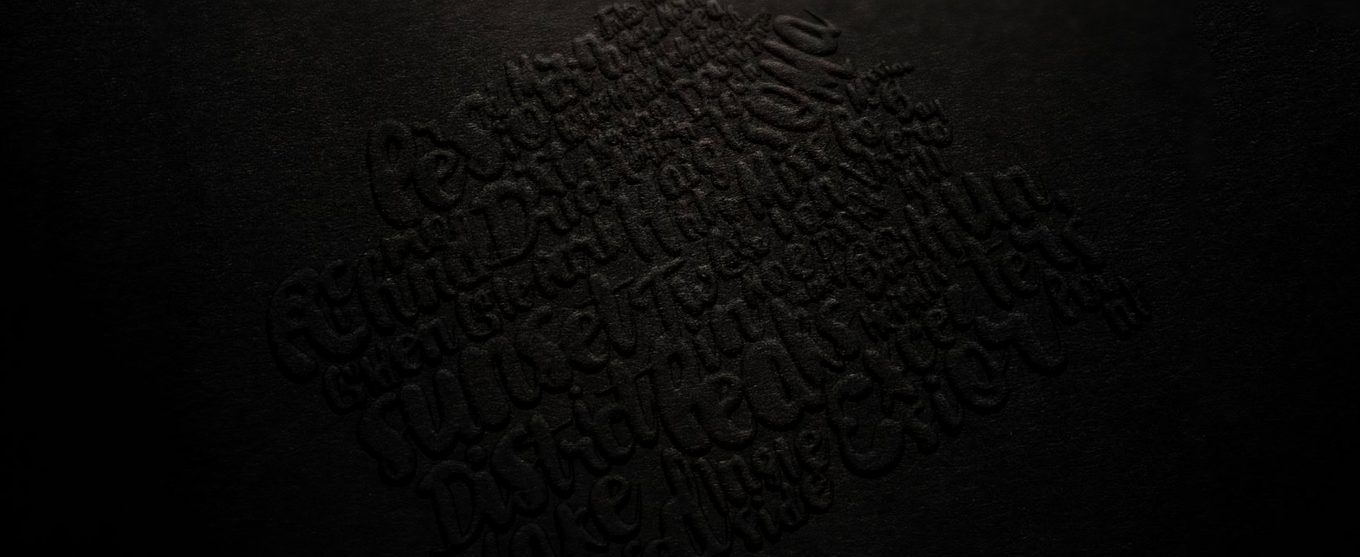The Cool Story Exhibition
Museum Exhibition Design – The University of Oklahoma

This is the concept of an exhibition about the taxonomy of the cool. I decided to call this exhibition “The Cool Story Exhibition” and access my work on the music. For each country and at a given decade, what artists were considered as “cool”? Are they still “cool” today? Would you like to find out who is your cool look-alike celebrities? Printed panels and digital screens would bring to life the content of this exhibition.

McDowell Mountain Music Festival
Poster Design – North Carolina State University

This work was created as an experimental typographic work for the McDowell Mountain Music Festival.

Design Research Under The Lens
Design Research – North Carolina State University

In 2015, Neri Oxman – architect, designer, and professor at the MIT Media Lab – talked about “moving to a new age of design, that takes us from a nature-inspired design to a design-inspired nature”.
This inspiration from nature and living organisms has been demonstrated in architecture, industrial and computational design with design practices taking inspirations from patterns or shapes reminiscent of nature. These complex patterns and shapes from Nature also reference the complexity of the nature of things – nature as biological organisms, and also, nature as the inherent complexity of the design.
Taking inspiration from this complexity also suggests the importance of a preliminary research to embrace it. I looked at how natural processes in the context of the human gene can inform the designer’s research process and encourage him/her to embrace complexity as part of the process while enhancing his/her creative flow.
I am referencing how the variable nature of DNA allowed me to create this diversity between external (environment) and internal phenomena (genetic recombination) as a metaphor of the design research processes.
We are discovering how computation and algorithms also involve complexity and can help us to sort out and make sense of it by their ability to analyze, visualize and discover the value of natural design. Considering these collaborations between science and design can allow more multi-disciplinary practices while contributing to an understanding of the nature of complexity across disciplines by creating content that is being understood across fields and disciplines. In that realm, machine learning has the potential to help blend the gaps between disciplines.


